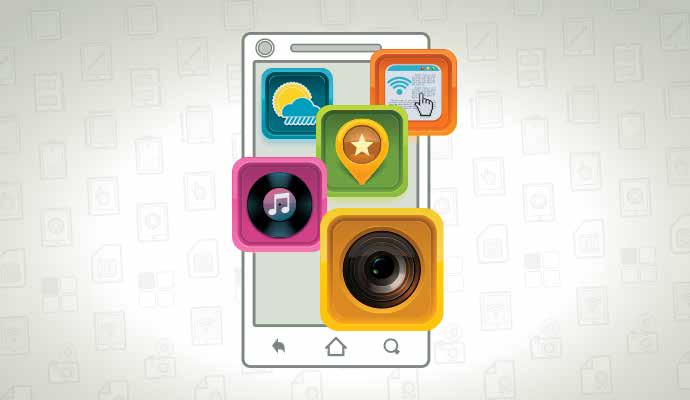
It’s that time of year again. With Mobile World Congress now a month in the rear view mirror, the smartphones that made their debut at the event are finally beginning to find their way into buyers’ hands. If one of those cool new smartphones is in your future, there are a few things you should definitely be thinking about before making a purchase. I’ve put together a checklist of features to consider when purchasing a smartphone to ensure you make the right choice.
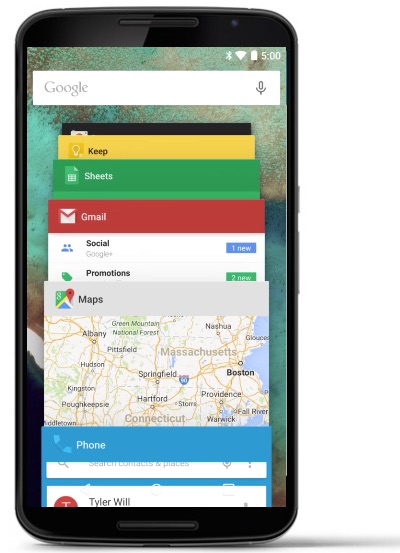
Platform
Before considering any of the new features or capabilities of a smartphone, it’s important to decide if operating system is important to you. If you’ve already invested in apps, this is very important. For example, the library of iOS apps I’ve accumulated over the past five years will essentially be throwaway if I replace my iPhone with an Android, BlackBerry or Windows phone.
If you own a Windows or Mac PC, sticking with the same platform when it comes to choosing a new smartphone can also result in enhanced functionality between your devices through Apple’s Continuity and Microsoft’s upcoming Continuum.
Finally, there are cyber security factors to consider with platform. BlackBerry is tough to beat when it comes to mobile security, iOS is locked down to prevent malicious apps from being installed, while Android offers a more “open” user experience—that, combined with its dominant market share, make Android smartphones a bigger target when it comes to attacks.
Display
The display is one of the most important components of your smartphone. It’s through the display that you’ll be doing the bulk of your interaction with the device. You’ll want to consider overall size, resolution and factors like the technology behind the display.
The new HTC One M9 uses a 5-inch, Super LCD display with Full HD resolution. It looks pretty good. But Samsung’s new Galaxy S6 has a 5.1-inch, Super AMOLED display with QHD resolution. Compared to the new HTC smartphone, the Samsung’s display is slightly larger, a lot sharper and has higher contrast with brighter colours. Super AMOLED also tends to be more easily readable outdoors in sunlight. They’re both excellent displays, but if you care about the highest resolution possible, you should keep an eye on the 577 ppi Galaxy S6 when you do your smartphone shopping.
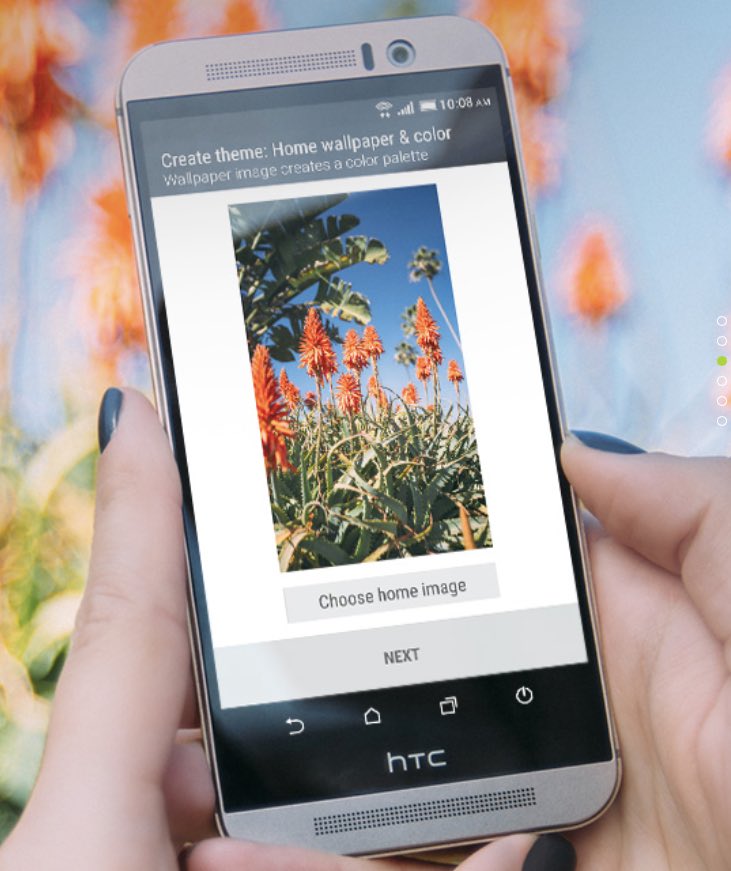
Size and Design
These two go hand in hand and they are something you should think about when considering a new smartphone. In general, a bigger display means a bigger device, although now that displays are starting to go edge-to-edge, manufacturers have been able to sneak in larger screens without making the overall dimensions of a smartphone much larger.
Size is a tradeoff. Bigger means text will be more readable. Some people opt for super-sized smartphone (a phablet) and skip buying a tablet; the one device covers off both smartphone and tablet uses for them.
However, a big device like the Galaxy Note Edge phablet is not something you can just slip in a pocket the same way you can typical smartphone. Depending on your hand size, using a bigger device may become a two-handed operation. Other design elements such as case materials can also impact usability. For example, HTC kept the premium aluminum case from last year’s One M8 but ensured the finish is less slippery on the One M9 giving it a better grip.
Camera
One of the features we use the most on our smartphones is the camera.
Smartphone manufacturers know this, so every year they up their game, improving the specs on the built-in shooters on smartphones. The current crop of cameras blows away those on smartphones from even just a few years ago. They have higher resolution, better low light performance, and much faster auto focus. Advanced, in-camera tools like exposure and ISO control are now expected.
HD video used to be the gold standard, but that’s now moved to 4K video. Many of the new smartphones also include optimized “selfie” modes for their front-facing cameras.

To see just how far smartphone cameras have come, consider the Samsung Galaxy S4 from 2013. It had a 13MP shooter with digital image stabilization and shot Full HD video. Pretty decent for the time. The new Galaxy S6 has a 16MP primary camera with optical image stabilization and rapid autofocus. With the ability to manually set ISO levels and even manually focus, along with burst mode, this smartphone camera rivals a DSLR in its capabilities. It also shoots 4K video at 30 fps.
Long story short, if you buy a new smartphone, the photos its camera(s) can take will amaze you compared to what you had before. But shop around to make sure you get one with the features, resolution and results you want.
Battery
Battery life for smartphones has remained relatively stable over the past few years. Gains in battery efficiency have been largely offset by larger displays and more powerful CPUs. Most smartphones offer all-day battery life and many—including the Galaxy S6 and One M9—have followed Apple’s lead in moving to sealed batteries that can’t be popped out and swapped by the user.
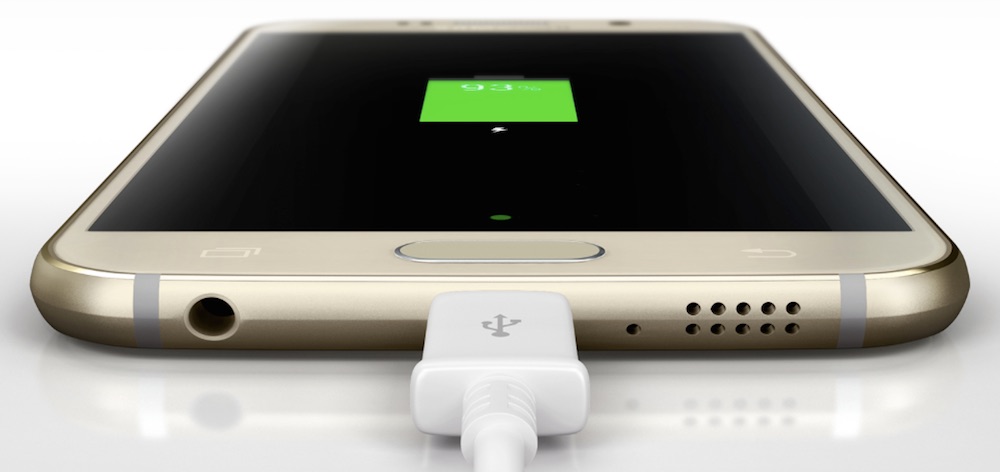
On the plus side, many of the new smartphones offer rapid-charge capability, include low battery operating modes and support wireless charging standards.
For example the Galaxy S6 will fast charge to add four hours of battery life in just 10 minutes and it supports both the Qi and PMA wireless charging standards.
Processing Power
If you own a smartphone that’s a few years old, you probably find it chugging more often than not. Depending on how old it is, connectivity may be part of that—if you don’t have LTE on your current smartphone, you’re not going to believe how much zip an LTE cell connection adds. If it doesn’t have LTE, it won’t have 802.11ac Wi-Fi either, another pleasant surprise awaiting you.
However, it’s the processing power that makes the current crop of smartphones such a compelling upgrade.
The processors in these devices help to make those big, pixel-dense displays a possibility, support advanced features like the multi-window capability of the Galaxy S6, provide the muscle for advanced camera capabilities and offer graphics capabilities that put mobile gaming on par with previous generation game consoles.
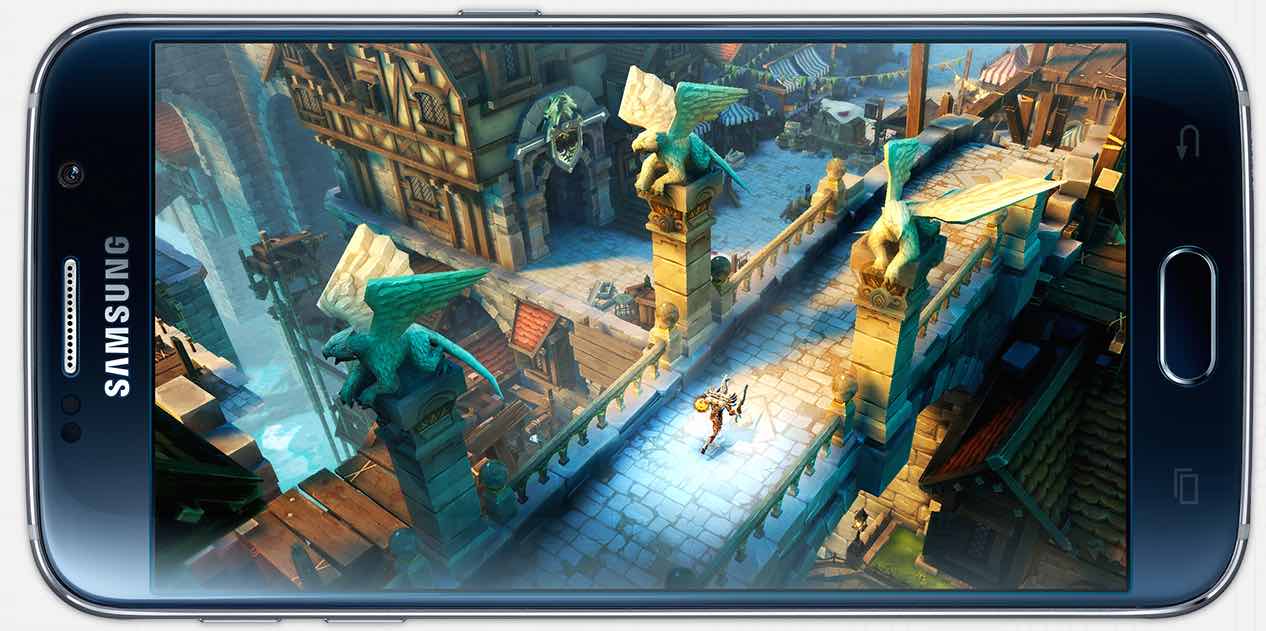
The HTC One M9 packs Qualcomm’s latest flagship CPU—the Snapdragon 810— a 64-bit, octa core beast of a processor with 3GB of RAM at its disposal.
Others
While I’ve covered off the big ones, there are other features and factors to consider as well.
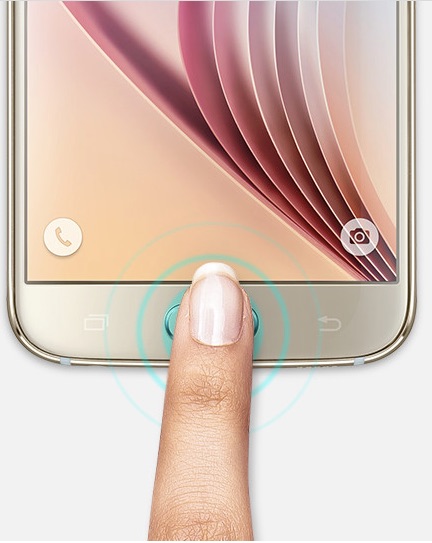 Want biometric security on your smartphone? The iPhone 6 has Touch ID while the Galaxy S6 offers both a fingerprint scanner and a heart rate sensor. Want awesome sound but don’t feel like carting a Bluetooth speaker around? Check out the stereo, front-facing BoomSound speakers (complete with Dolby Audio) on the HTC One M9. Want to see the time and weather forecast at night without having to turn on your smartphone? The Galaxy S6 Edge can show this information on one of its edge displays without having to fire up the main display.
Want biometric security on your smartphone? The iPhone 6 has Touch ID while the Galaxy S6 offers both a fingerprint scanner and a heart rate sensor. Want awesome sound but don’t feel like carting a Bluetooth speaker around? Check out the stereo, front-facing BoomSound speakers (complete with Dolby Audio) on the HTC One M9. Want to see the time and weather forecast at night without having to turn on your smartphone? The Galaxy S6 Edge can show this information on one of its edge displays without having to fire up the main display.
And the list goes on …
The good news is that it’s really tough to pick a bad device from the current crop of smartphones.
They all have their strengths and weaknesses, meaning there are better choices for most people, but even if you decide to throw caution to the wind and just go with your gut, you’re going to end up with a pretty impressive piece of hardware. Any of the flagship smartphones released in the past year are going to have the power to be able to run the newest and coolest apps for at least a few more years. Just make sure you get the platform choice right for your needs—a display that’s a little smaller than optimal, or a battery that could really use another hour of run time is nothing compared the frustration of trying to work around a smartphone running the wrong operating system.




I need a keyboard…
https://www.youtube.com/watch?&v=R_W90BfB5Zs&t=46
Comments are closed.